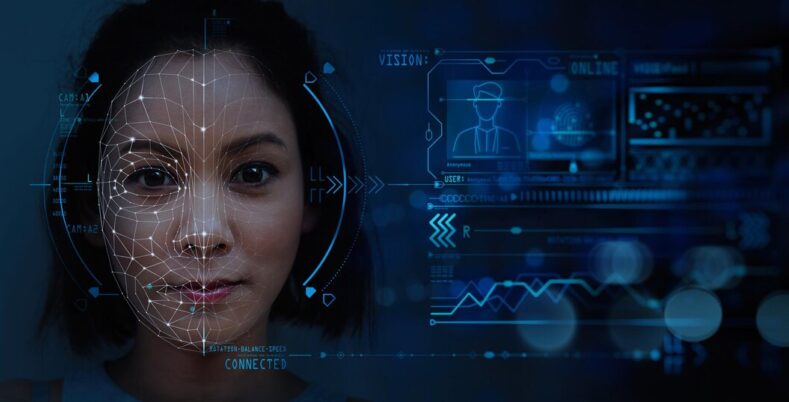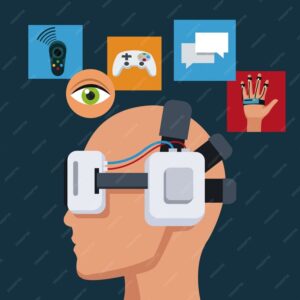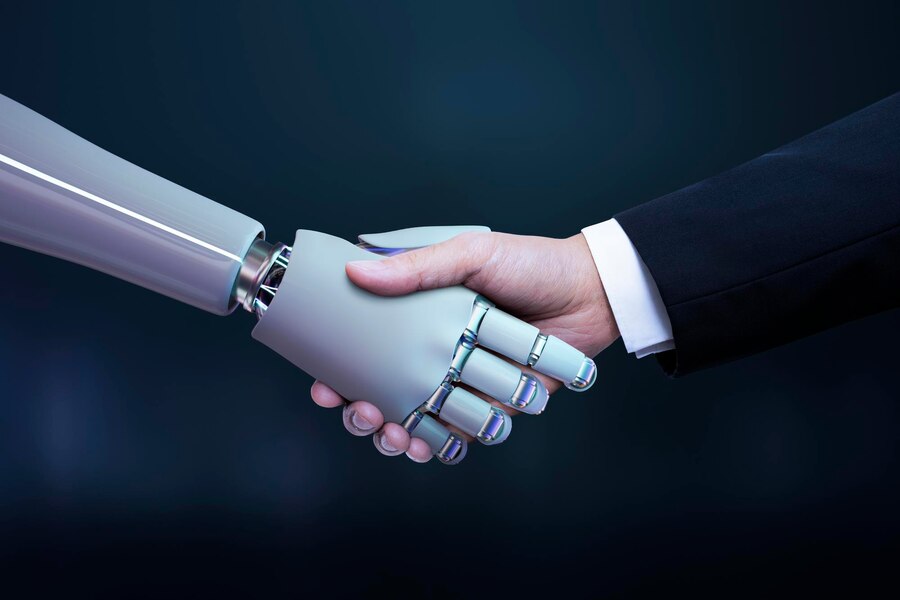Technology has revolutionized the whole world. The emergence of artificial intelligence, machine learning, deep learning, and more technologies has opened the pathway to innovations and techniques.
Deep learning integrated with Artificial algorithms has brought several beneficial practical technologies. Moreover, it also brings a problem that the world would face today. Nevertheless, suitable applications are dangerous to public personal privacy, democracy, and credibility. One such use that has emerged is deepfake, buzzing on the internet.
Deepfake mimics individual images and videos, making it difficult to differentiate the original from the fake. Thus, a solution to counter and detect such media is needed today. This study aims to explore the techniques for deepfake creation and detection, using different methods for algorithm analysis and image analysis to find the roots of deepfake creation.
Let's get started.
What is Deepfake?
Deepfake is a synthetic media that uses artificial intelligence techniques. It mainly uses deep learning to create, alter, and manipulate images, videos, and audio files, making it authentic and genuine. Deepfakes can generate compelling content where a person's voice, actions, or likeliness is manipulated to reveal things to say, or they didn't say or did.
The workings of deepfake technology are straightforward. It utilizes deep learning techniques, mainly with the type of neural network known as a Generative Adversarial Network (GAN). In this method, two neural networks, a generator, and a discriminator, are trained together in adversarial training.
How to Create Deepfakes? Explained Here
Deepfake videos and images can be created using coding and non-coding methods. Each has advantages and requirements based on the user's technical skills and results. The deepfake creation poses a significant threat to privacy and national security.
Some of the approaches to creating deep fakes are:
Source Video Deepfakes
When working from a source video, a neural network deepfake autoencoder deeply analyzes the content to understand the proper attributes of the target, like body language and facial expressions. After that, these characteristics are established in the original video. The autoencoder consists of two main parts: the encoder, which imposes the attributes into the target video.
Lip Syncing
Lip-syncing is one of the most popular techniques for creating deepfakes. The deepfake maps a voice recording to the video, making it appear that the person is speaking the words in the recording.
Audio Deepfakes
For creating audio deepfakes, a GAN clones the audio of a person's voice, develops a model based on the vocal patterns, and uses this model to make the voice say anything the creators want. Video game developers mainly use this technique. If the audio is a deepfake, the video adds a layer of deception.
Online Platforms
Some websites offer cloud-based services to generate Deepfake images or videos by uploading their target faces and sources. These platforms can handle the AI models and processing, making creating deepfakes without coding knowledge easy.
FaceSwap
It is an open-source tool for face swapping. Moreover, it offers an easy-to-use interface and a step-by-step guide for creating deepfake videos.
Some Popular Deepfake Tools
As deepfake technology has advanced, specific tools and techniques exist to detect them. Let's explore some of the popular deepfake tools that are currently available.
- Zao
- WAMBO
- Sentinel
- Synthesia
Summing it Up
In conclusion, deepfake techniques and tools have evolved significantly in recent years, driven by machine learning and artificial intelligence advancements. While these tools have the potential for misuse, they also open new avenues for creativity and innovation.
Navigating this landscape with a keen understanding of the ethical implications and committing to use these tools responsibly is crucial. Select this face and create a sketch on it. The future of deepfake technology is undoubtedly exciting, but it also calls for vigilance and informed use. To unlock more insights on deepfake technology, stay updated with our blogs section.
You May Also Like:
What Is A Deep Learning Framework: Top 10 Frameworks
Tech Intelligence & Human Intelligence: Can AI Beat Human Intelligence?







